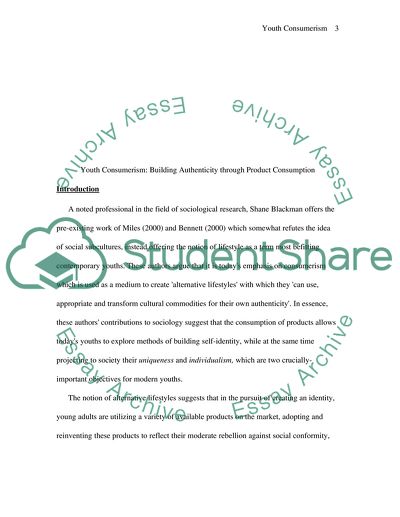Cite this document
(“Youth Consumerism: Building Authenticity through Product Consumption Essay”, n.d.)
Retrieved from https://studentshare.org/social-science/1540784-youth-consumerism
Retrieved from https://studentshare.org/social-science/1540784-youth-consumerism
(Youth Consumerism: Building Authenticity through Product Consumption Essay)
https://studentshare.org/social-science/1540784-youth-consumerism.
https://studentshare.org/social-science/1540784-youth-consumerism.
“Youth Consumerism: Building Authenticity through Product Consumption Essay”, n.d. https://studentshare.org/social-science/1540784-youth-consumerism.


